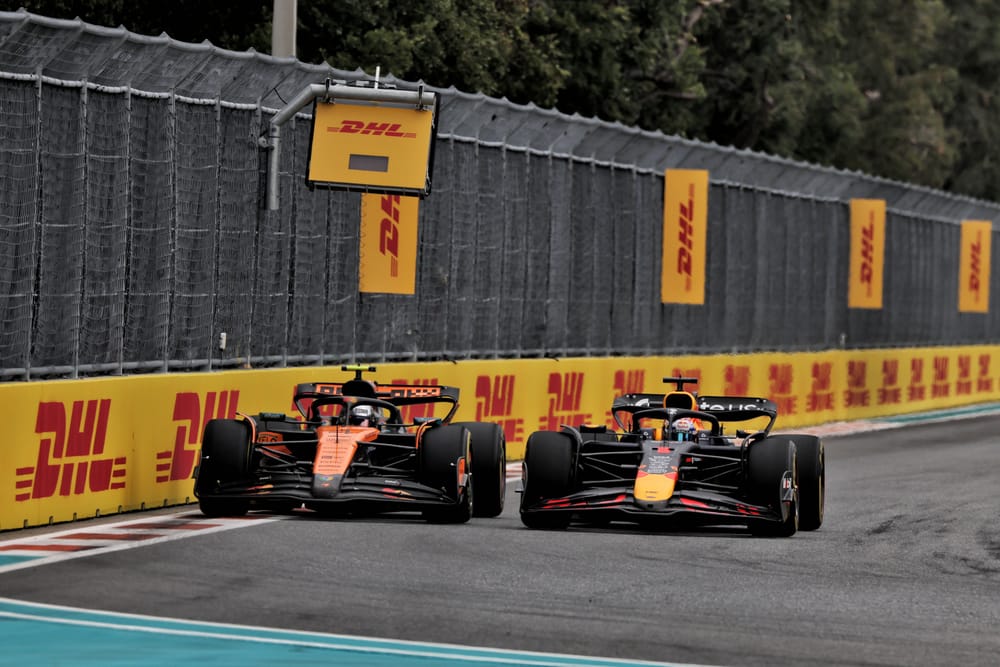Max Verstappen's robust defence against McLaren Formula 1 duo Oscar Piastri and Lando Norris delivered the main action in the Miami Grand Prix.
But a particularly intriguing aspect about the way that the Red Bull driver approached things was how the nature of racing has been given a new dimension this year in the way that the car ahead can now best deal with being attacked.
For, as Verstappen showed in his moves to block Piastri and Norris, the revised racing rules for 2025 mean it is now all about trying to force your rival to overtake around the outside - because drivers cannot afford to let anyone claim the inside.
This is something that Verstappen has suggested makes the racing no longer "natural" - in that it is now simply about doing what needs to be done to not fall foul of the stewards.
Looking for more from The Race's F1 team? Get exclusive bonus podcasts and videos by signing up to The Race Members' Club on Patreon. Right now there's 75% off your first month with this link.
Asked by The Race after the Miami GP about the impact of the new guidelines on what we saw, he said: "I think it's quite clear what is allowed and what isn't allowed, so I think everyone is adjusting to that."
Pushed on whether what F1 has right now is better compared to last year, he said: "I don't know, for me it's always better to leave it more natural.
But I just follow the rules."
Where have things changed?
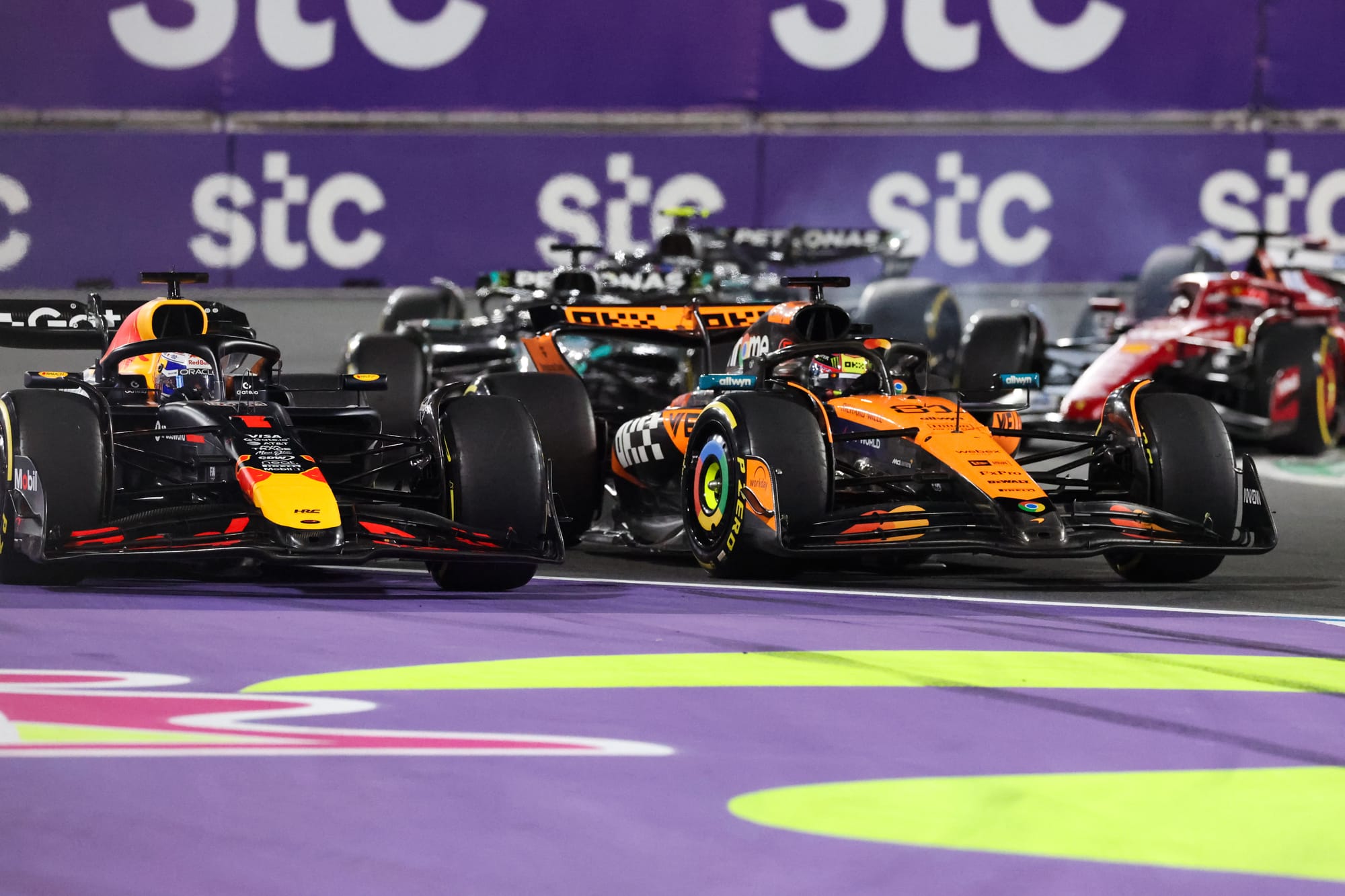
What has played out is a consequence of revisions made to the F1's Driving Standards Guidelines, aimed at clearing up some of the grey areas that had been exposed last year.
And amid a deliberate shift to open up overtaking opportunities, by essentially giving a lot of priorities to the driver doing the attacking, this appears to have impacted the way battles are unfolding.
And critical here is the removal of wording from last year that demanded drivers on the inside having to leave "a fair and acceptable width for the car being overtaken from the apex to the exit of the corner".
Now, if you have 'won' the corner, you can stake claim to all the track on the way out - as long as you stay within the white lines.
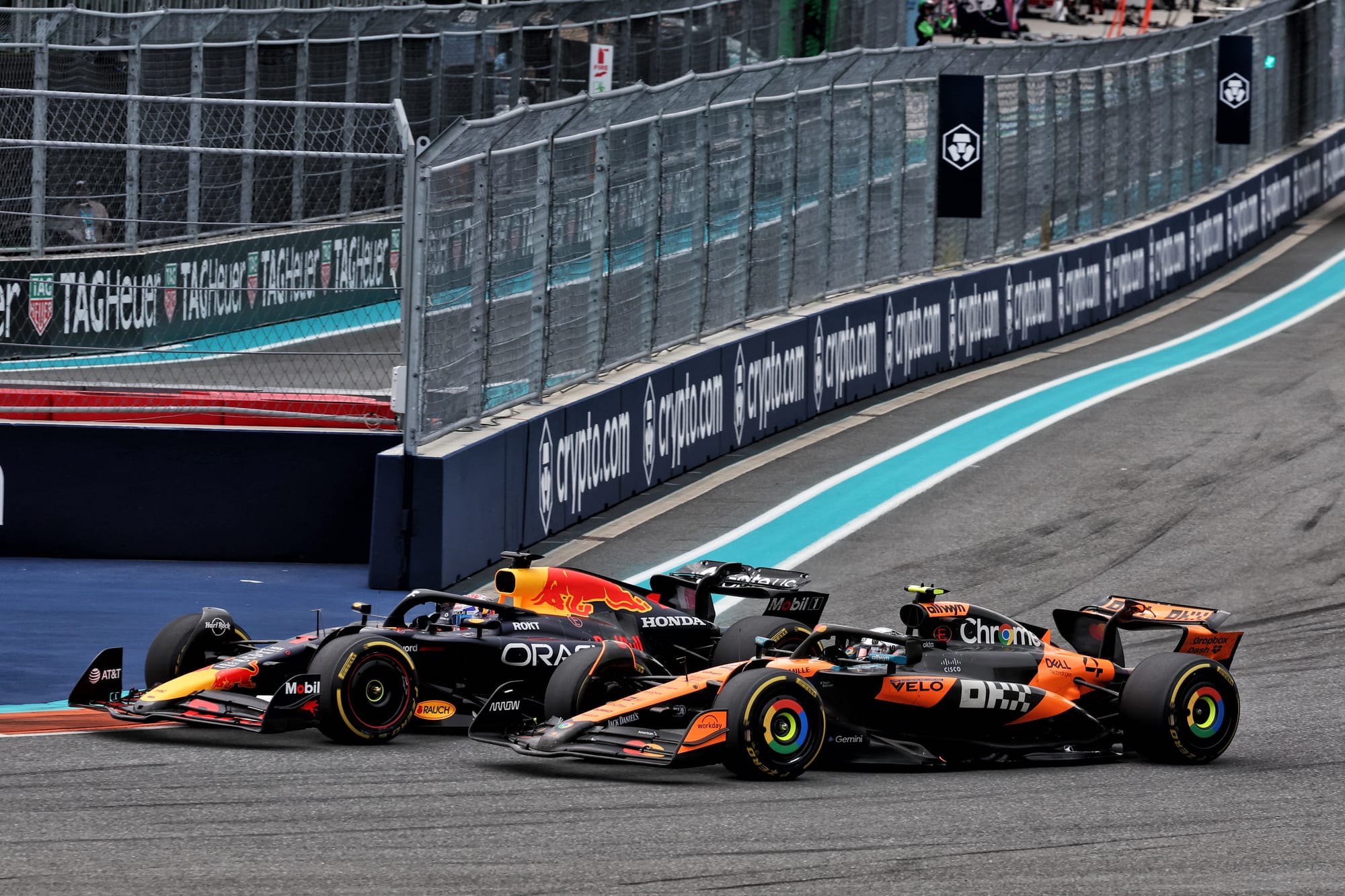
The three demands
F1's Driving Standards guidelines demand that the overtaking car on the inside
i) Have its front axle AT LEAST ALONGSIDE THE MIRROR of the other car PRIOR TO AND AT THE APEX.
ii) Be driven in a fully controlled manner particularly from entry to apex, and not have 'dived in'.
iii) In the stewards' estimation, have taken a reasonable racing line and been able to complete the move whilst remaining within track limits.
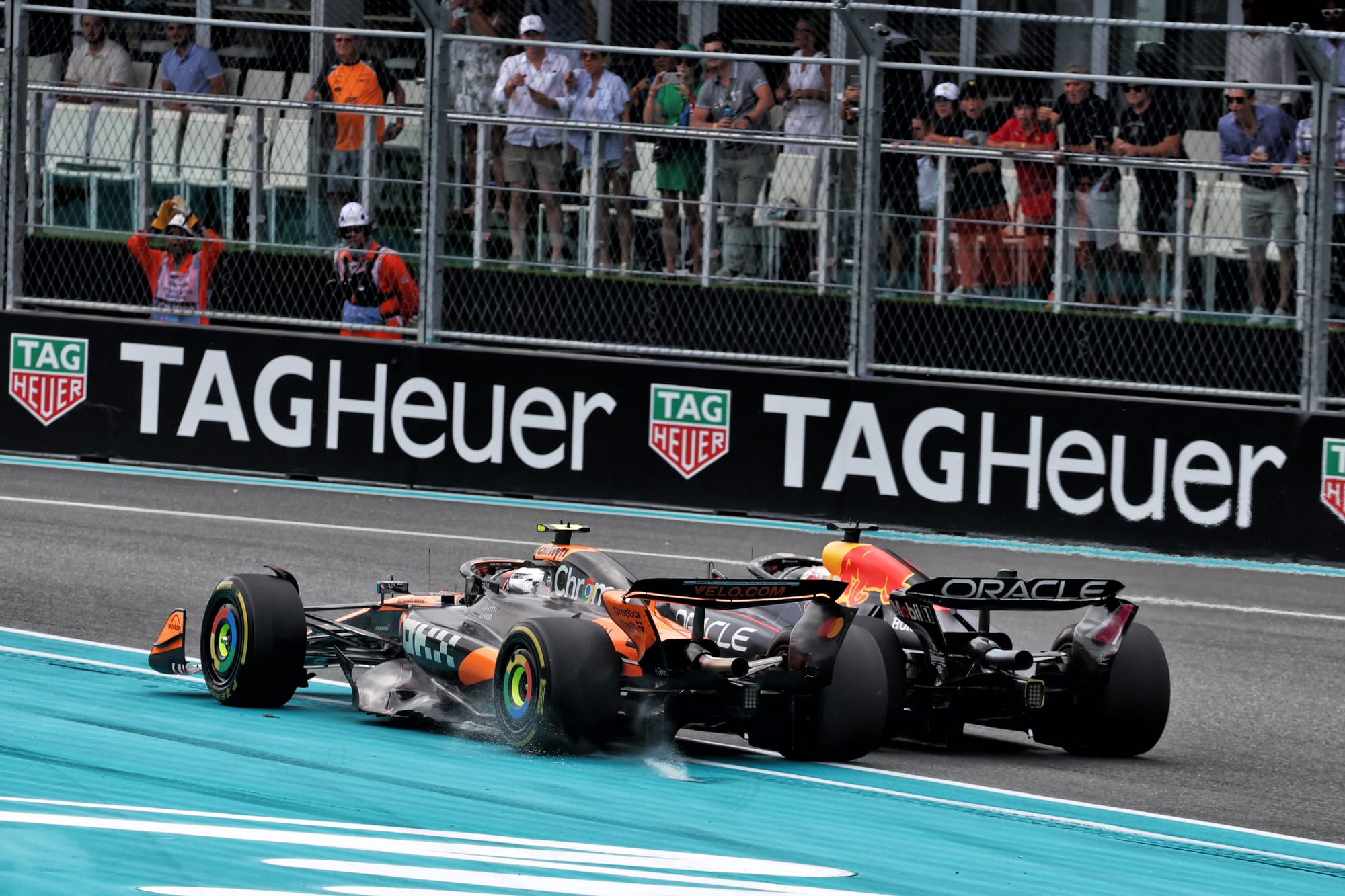
As the FIA stewards wrote to teams at the beginning of the year: "When overtaking on the inside, you no longer are required to give room to the overtaken car from the apex all the way to the exit, PROVIDED you are in control and within track limits."
This means that, if you can get your front wheel enough down the inside of your rival ahead of the apex of the corner and keep it there, then you have essentially won the turn - as there is nothing the car on the outside can do.
Furthermore, a notable key sentence at the top of the guidelines rams this point home when it says: "[When] an overtaking driver has priority, it is the responsibility of the defending driver to avoid a collision or forcing off the overtaking driver."
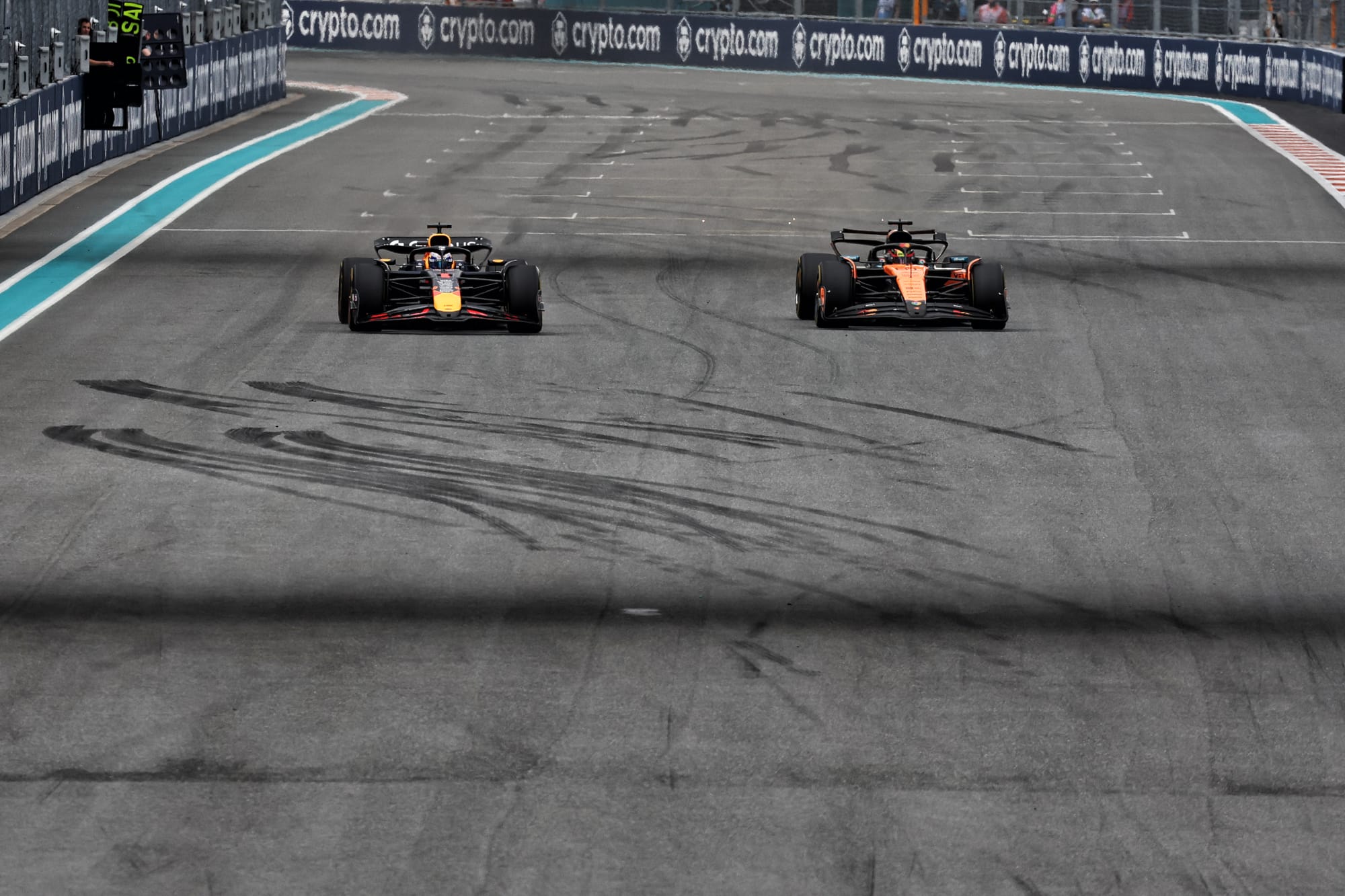
From the defensive driver's perspective, it is now much better to try to force your rival to go around the outside, as the criteria for winning the corner there is much harder.
Last year, the guidelines dictated that to be entitled to be given racing room when overtaking on the outside, a driver had to have their front axle "at least alongside" the front axle of the other car at the apex of the corner and to the exit.
The new guidelines now demand that the overtaking car: "Have its front axle AHEAD OF THE FRONT AXLE of the other car AT THE APEX."
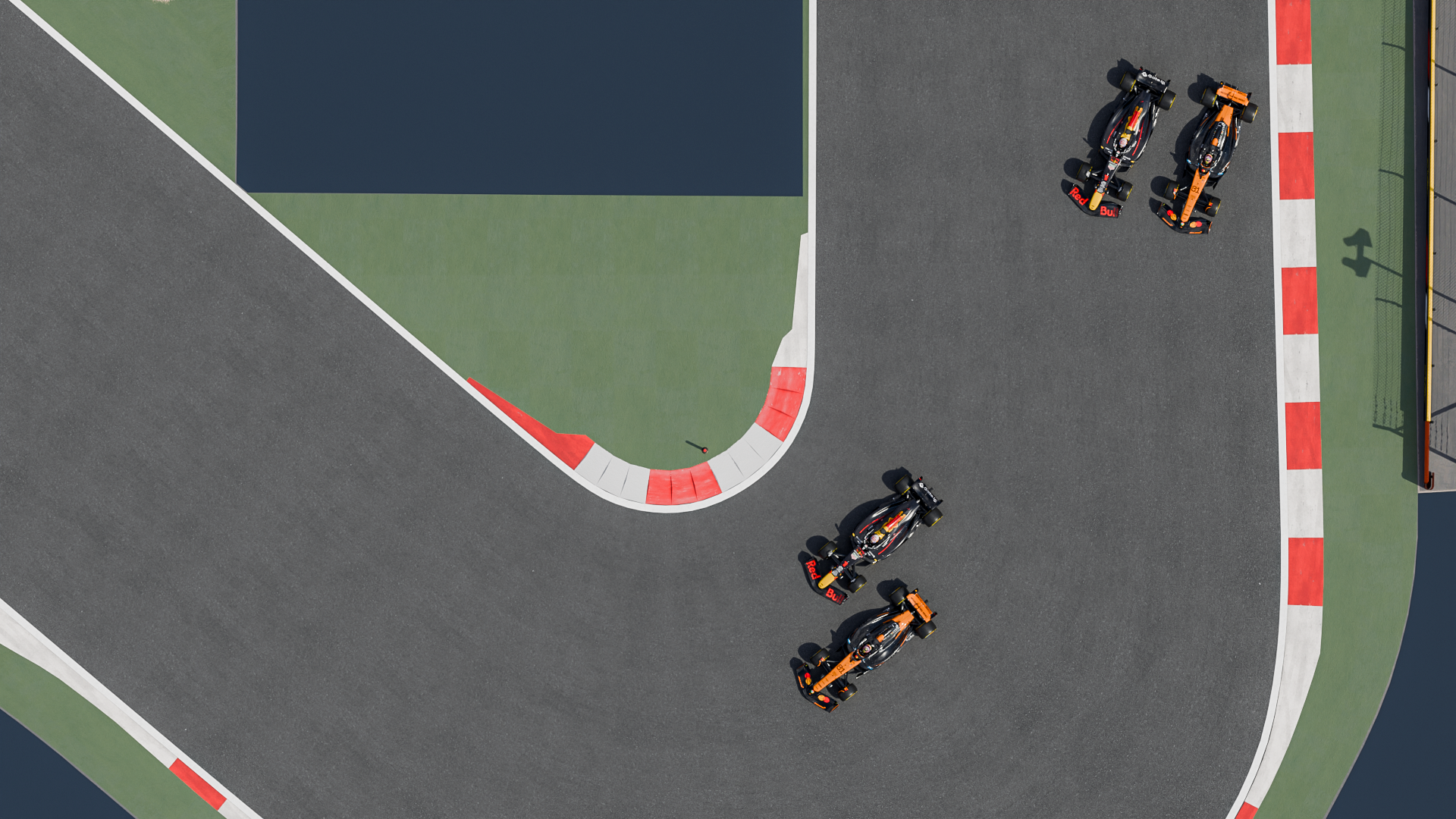
Furthermore, a move will not be seen as legitimate if it is deemed that a car has "dived in" on the outside to be ahead of the apex.
It is now pretty obvious that the best way to defend is to try to get your rival to attempt to go around the outside - as that is now so much more difficult to complete.
This was the reference that Verstappen got from the pitwall when Gianpiero Lambiase messaged him during his battles and said: "Stay on the inside Max. Make him work for it."
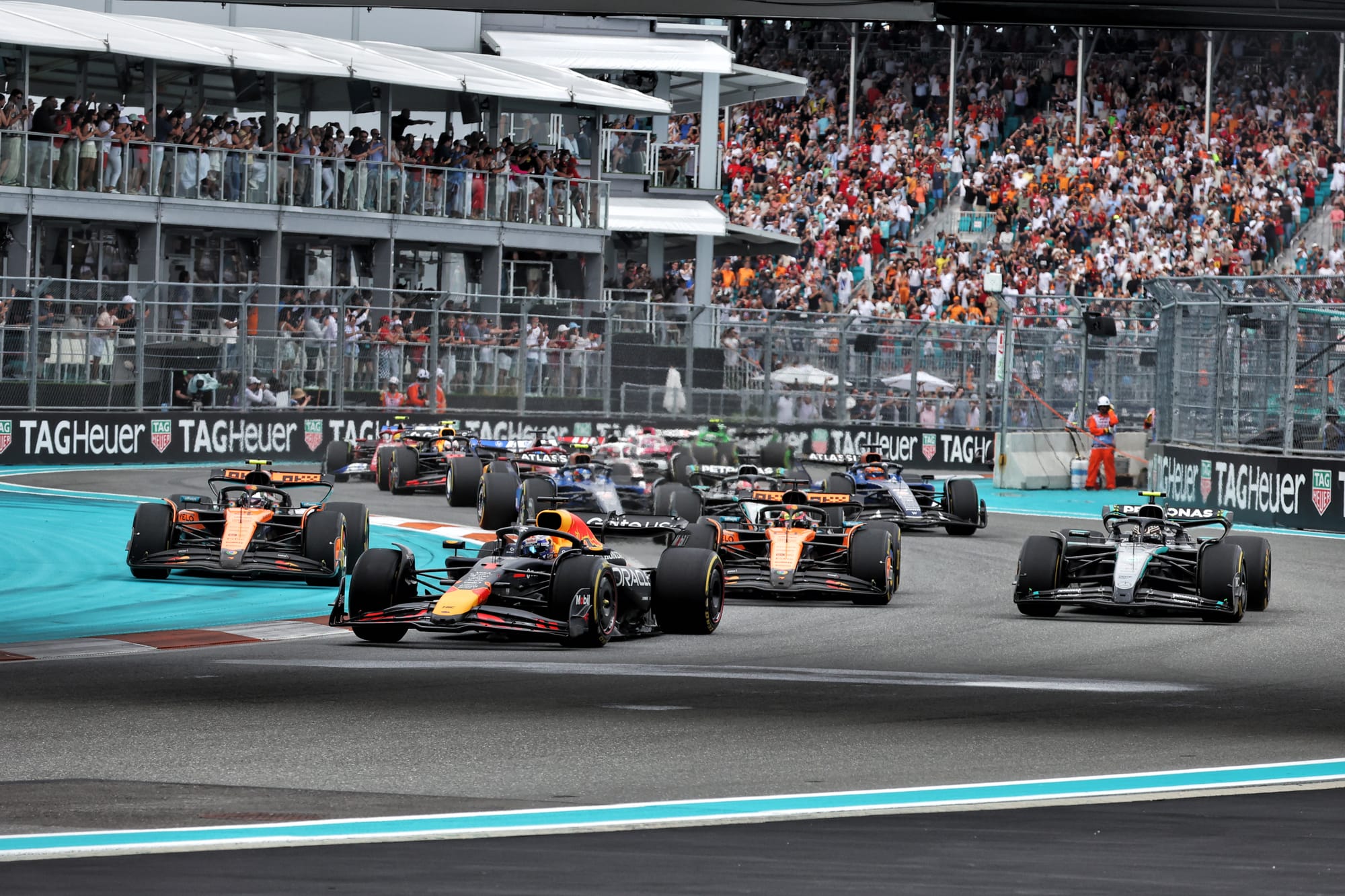
At most of the key moments in Miami, especially when Verstappen came under attack down the start-finish straight, he made sure that either Norris or Piastri were having to go around the outside.
Piastri ultimately called his bluff by getting the switch back to cut inside, while Norris found out to his cost that trying to stick it around the outside was only ever going to result in getting pushed wide.
Norris eventually had to pull off a move down the inside of Turn 11, having run wide there in an earlier attempt.
The need for change?
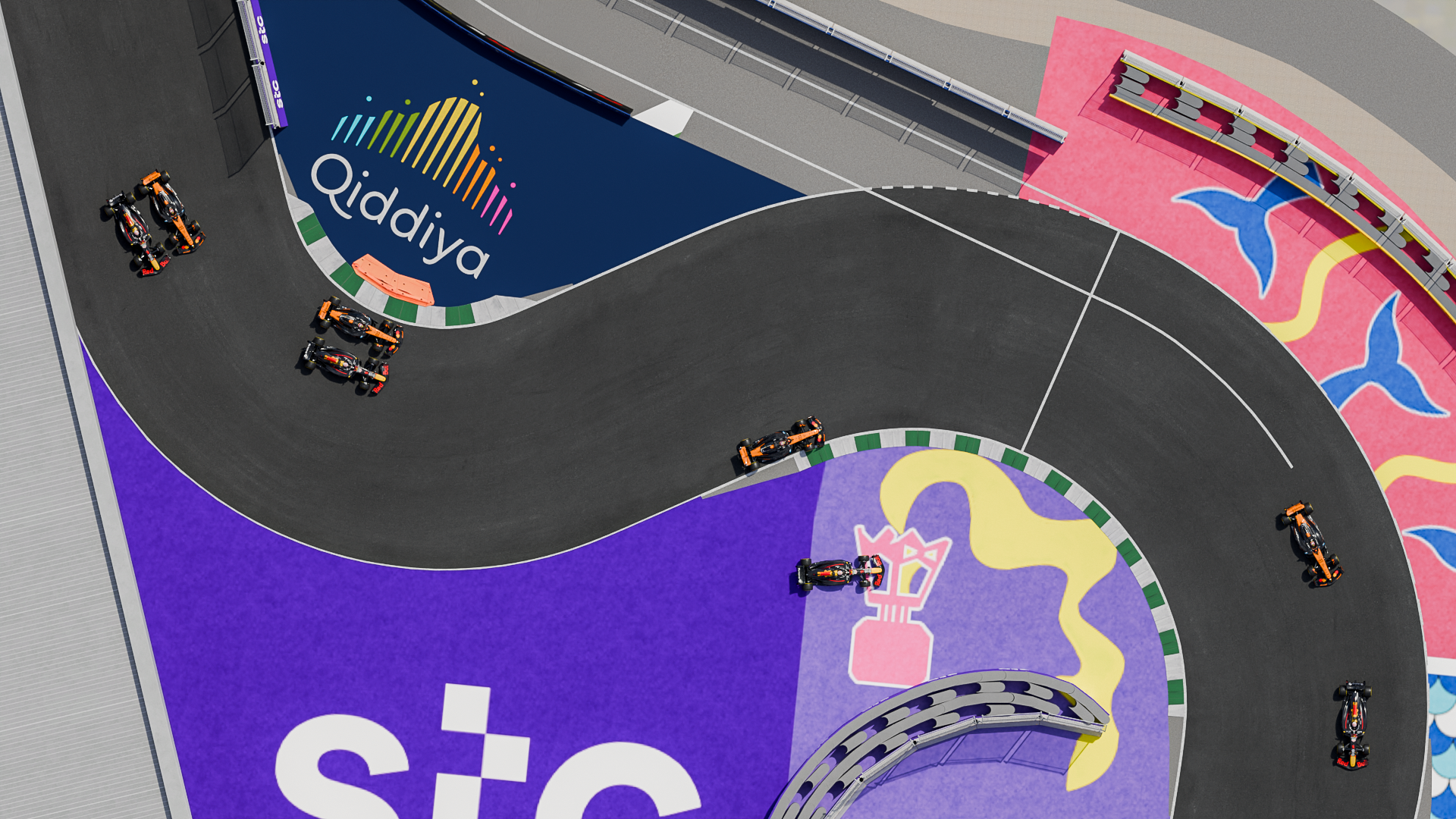
With Verstappen having found out to his cost in Jeddah (depicted above) about the dangers of attacking on the outside, the takeaway from Miami is that nobody is ever going to want to leave some room down the inside anymore.
And it is this which Red Bull team boss Christian Horner has suggested should force some debate among drivers about whether the latest guidelines actually work in the way intended.
"It doesn't feel like natural racing anymore," he said. "Maybe it feels like we're becoming overregulated in the wheel-to-wheel racing because they're racing to different lines. It's becoming quite unnatural.
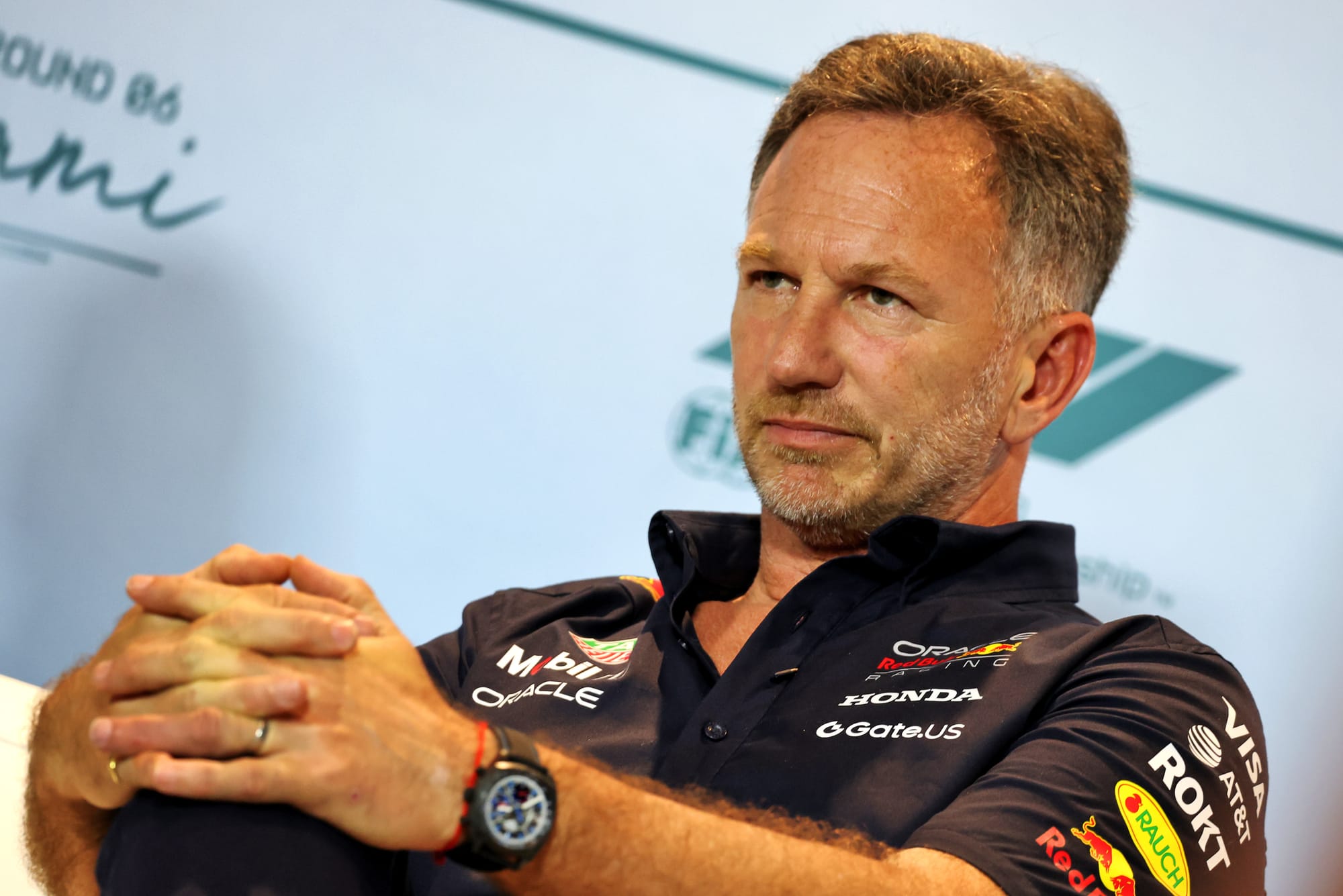
"So I don't know whether we just need a little bit of a reset.
"It would be good if perhaps the drivers discuss that in the next race, because it just feels like when you introduce too many regulations, you end up driving to the regs and it becomes a little unnatural."


